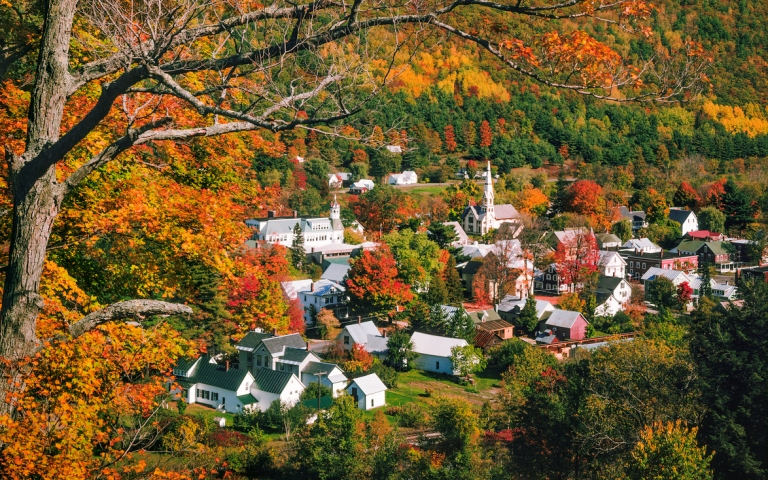
Whether it’s the pace of life, the economic base or the educational opportunities, there’s little doubt that there is a difference between rural and urban America.
Now, new data from the U.S. Census Bureau show just how great those divides are.
Rural residents are significantly less transient than their urban counterparts, and more likely to own their own homes and have served in the armed services, the bureau said Dec. 8 in its American Community Survey.
The nation’s largest household survey, the ACS is based on data from 2011 to 2015 and is the major source of information on the three-quarters of counties whose populations are too small to yield single-year statistics.
According to the bureau’s definition, rural areas encompass 97 percent of the nation’s land though they account for 19.3 percent of the population, or about 60 million people. That includes 47 million adults, the basis for much of the number crunching.
On three common measures, there’s a big split between rural and urban America:
- Rural Americans seem to have a greater attachment to their birth states than urban dwellers. Almost two in three people in rural areas, or 65.4 percent, still live in the state of their birth, though they might have moved out of state for a time. Less than half of urban residents, or 48.3 percent, live in their birth state.
- The ranks of home ownership are also much greater in rural areas. The home ownership rate is a whopping 81.1 percent in rural America, compared with 59.8 percent in urban America. While the median home value is about $40,000 greater in urban regions, there are far more single-family homes owned in rural regions, the Census said.
- Military service is another key division point between rural and urban areas. Veterans comprised 10.4 percent of the population of adults in rural areas compared with 7.8 percent of adults in urban areas.
The bureau does not pass judgment on its findings; Commerce Secretary Penny Pritzker said in a statement that the information is “vital” for decision makers in business and government.
Some of the other findings are more familiar to analysts. Rural America tends to be older than urban America, with a median age of 51 compared with 45. It’s also less educated, with 19.5 percent of adults holding at least a bachelor’s degree, versus 29 percent in urban areas.
And rural America still is struggling to get online. Some 23.8 percent of households lack internet access, compared with 17.3 percent in urban households.
However, other data reinforce the notion that rural America is starting to stabilize or even gain ground. Median household income is only slightly lower at $52,936 annually in rural areas compared with $54,296 in urban areas.
Also, poverty is less common for rural adults and children than for urban adults and children. The poverty rate is 11.7 percent for adults and 18.9 for children in rural areas, compared with 14 percent and 22.3 percent, respectively.
Steven Johnson is a staff writer at NRECA.